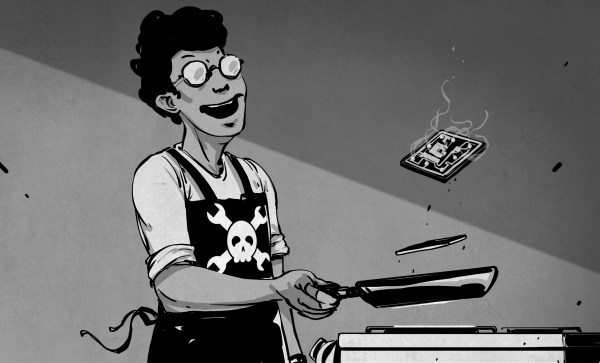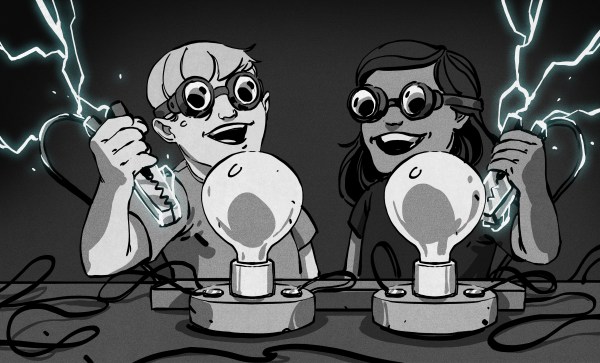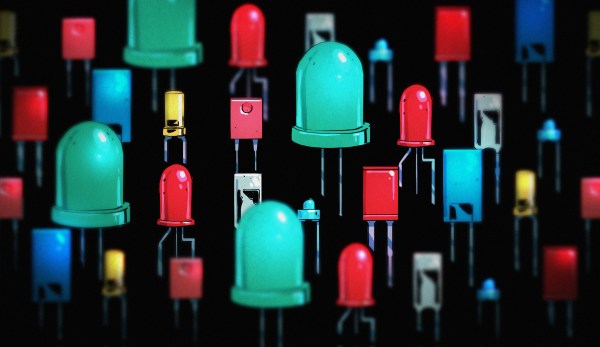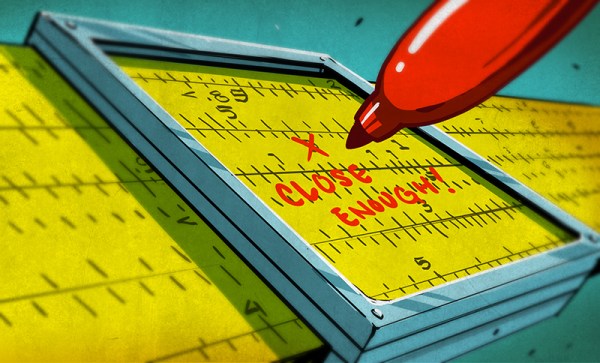We got a bunch of great food for thought in this week’s ask-us-anything on the Hackaday Podcast, and we all chewed happily. Some of my favorite answers came out of the question about how many projects we all take on at once. Without an exception, the answer was “many”. And while not every one of the projects that we currently have started will eventually reach the finish line, that’s entirely different from saying that none of them ever do. On the contrary, Tom Nardi made the case for having a number of irons simultaneously in the fire.
We all get stuck from time to time. That’s just the nature of the beast. The question is whether you knuckle down and try to brute-force power your way through the difficulty, or whether you work around it. A lot of the time, and this was Dan Maloney’s biggest bugaboo, you lack the particular part or component that you had in mind to get the job done. In that situation, sometimes you just have to wait. And what are you going to do while waiting? Work on Project B! (But take good notes of the state of Project A, because that makes it a lot easier to get back into the swing of things when the parts do arrive.)
Al and I both weighed in on the side of necessity, though. Sometimes, no matter how many attractive other projects you’ve got piled up, one just needs to get out the door first. My recent example was our coffee roaster. Before I start a big overhaul, I usually roast a couple days’ worth of the evil bean. And then the clock starts ticking. No roasting equals two unhappy adults in this household, so it’s really not an option. Time pressure like that helps focus the mind on the top-priority project.
But I’m also with Tom. It’s a tremendous luxury to have a handful of projects in process, and be able to hack on one simply because you’re inspired, or in love with the project at that moment. And when the muse calls, the parts arrive, or you finally figure out what was blocking you on Project A, then you can always get back to it.



















